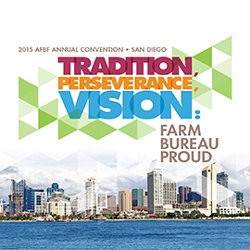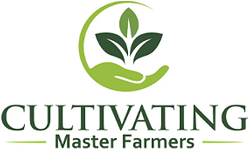 This year’s Morris Hansen Lecture will look at the role data and advancements in technology play in official statistics and privacy, and the U.S. Department of Agriculture (USDA) wants you there. The 24th annual version of the event will be held in Washington, D.C., at the USDA’s Jefferson Auditorium, Jan. 20, 2015 from 3:30 p.m. to 5:30 p.m
This year’s Morris Hansen Lecture will look at the role data and advancements in technology play in official statistics and privacy, and the U.S. Department of Agriculture (USDA) wants you there. The 24th annual version of the event will be held in Washington, D.C., at the USDA’s Jefferson Auditorium, Jan. 20, 2015 from 3:30 p.m. to 5:30 p.m
This year’s keynote speaker, Danny Pfeffermann, Ph.D., will discuss the potential use of big data; increasing data accessibility while maintaining privacy and confidentiality; possible uses of data obtained from web-panels; addressing the problems of response burden and nonresponse; mode effects and proxy surveys; integration of statistical and geospatial information. Dr. Pfeffermann is Professor of Statistics at the University of Southampton in England, the National Statistician and Head of the Central Bureau of Statistics for Israel, and current President of the International Association of Survey Statisticians.
The lecture series was established by the Washington Statistical Society to honor Morris Hansen and his pioneering contributions to survey sampling and related statistical methods during his long and distinguished career at the U.S. Census Bureau.
This lecture is free to the public, but advanced registration is required and can be made online here: www.nass.usda.gov/Education_and_Outreach/Morris_Hansen/index.php









